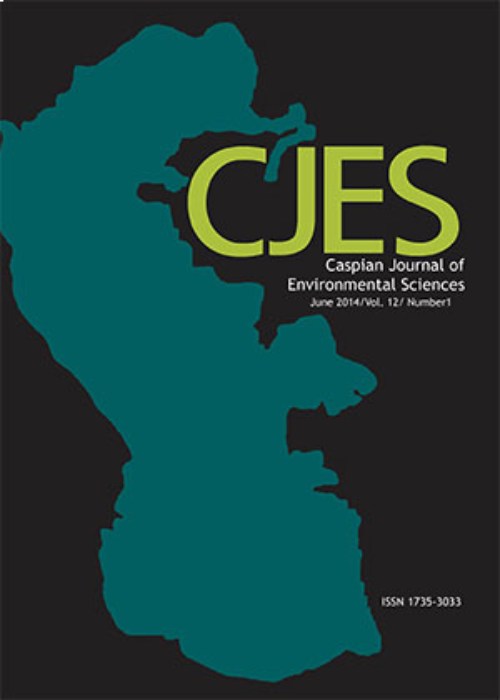Effects of the supplement of black soldier fly mix feeding on the growth performance, survival rate, and feeding behaviour of frogs, Hoplobatrachus rugulosus in captivity
The objective of this research was to study the effects of processed food and a mixture of black soldier fly larvae on the growth rate, survival rate, and feeding behaviour of frogs in captive conditions, as well as to examine the water quality in the tanks where the frogs were fed with processed food, in addition to a mixture of worms and fruit flies. A comparison was made between feeding the frogs with 400 individuals of processed food, as well as 400 individuals of a mixture of worms and fruit flies over a period of 12 weeks. The results from the experiment showed that the average weight gain in frogs fed with processed food in stages 1, 2, and 3 was 67.10 ± 1.75, 46.75 ± 9.69, and 77.30 ± 0.11 g day-1, respectively. The specific growth rate was recorded as 5.51% ± 0.71%, 1.06% ± 0.21%, and 1.05% ± 0.04% per day, respectively. The average survival rate was 94.61% ± 1.58%, 97.38% ± 0.27%, and 82.69% ± 7.06%, respectively. On the other hand, frogs fed with a mixture of worms and fruit flies showed an average weight gain of 55.98 ± 1.04, 37.88 ± 8.05, and 80.55 ± 3.08 g day-1 in stages 1, 2 and 3 respectively. The specific growth rate was 5.17% ± 0.69%, 1.02% ± 0.23%, and 1.22% ± 0.04% per day, respectively. The average survival rate was 93.10% ± 4.87%, 97.50% ± 1.28%, and 81.85% ± 02.89%, respectively. Statistical analysis showed significant differences (p < 0.05) in the growth rate between frogs fed with processed food as well as those fed with a mixture of worms and fruit flies. Regarding the water quality, frogs fed with processed food had temperatures ranging from 24.50 to 32.90 ℃, pH values between 6.89 and 8.90, dissolved solids ranging from 0.10 to 1.00 mg L-1, electrical conductivity between 0.10 and 1.40 μS cm-1, dissolved oxygen levels between 4.83 and 6.30 mg L-1, and total ammonia levels ranging from 0.00 to 1.34 mg L-1. For frogs fed with a mixture of worms and fruit flies, the water temperatures ranged from 24.10 to 32.60 ℃, pH values between 6.48 and 8.92, dissolved solids ranging from 0.10 to 1.00 mg L-1, electrical conductivity between 0.10 and 1.20 μS cm-1, dissolved oxygen levels between 4.33 and 6.44 mg L-1, and total ammonia levels ranging from 0.00 to 0.96 mg L-1. The water quality parameters did not show statistically significant differences (p > 0.05) between the group fed with processed food and the group fed with a mixture of worms and fruit flies.
- حق عضویت دریافتی صرف حمایت از نشریات عضو و نگهداری، تکمیل و توسعه مگیران میشود.
- پرداخت حق اشتراک و دانلود مقالات اجازه بازنشر آن در سایر رسانههای چاپی و دیجیتال را به کاربر نمیدهد.


